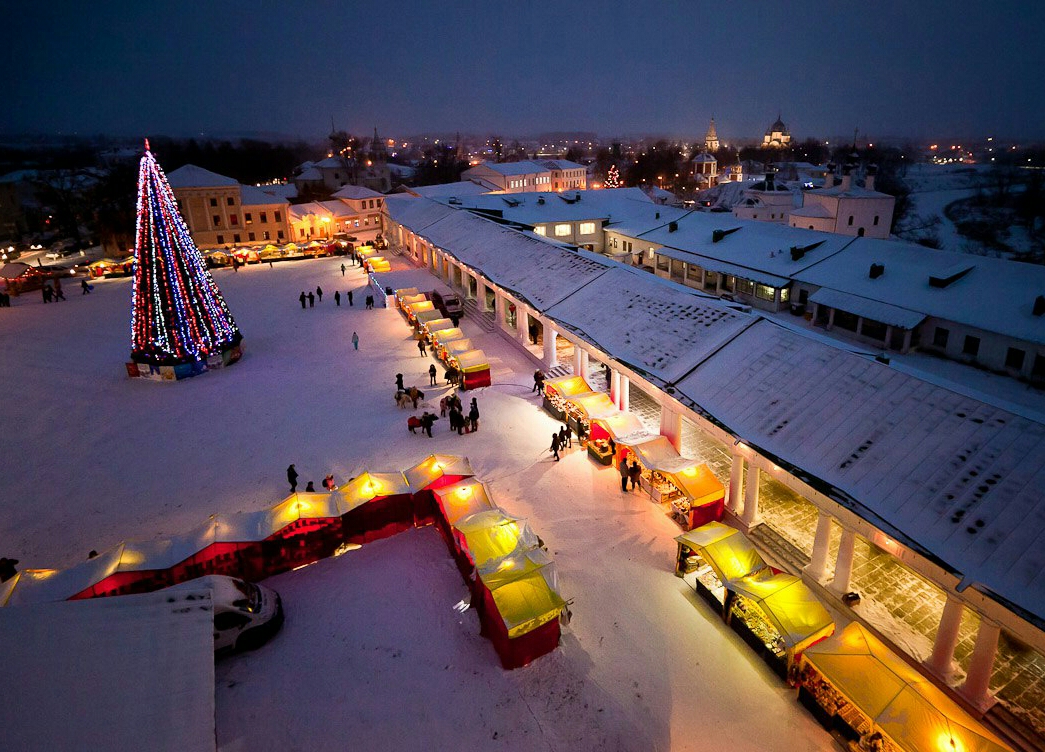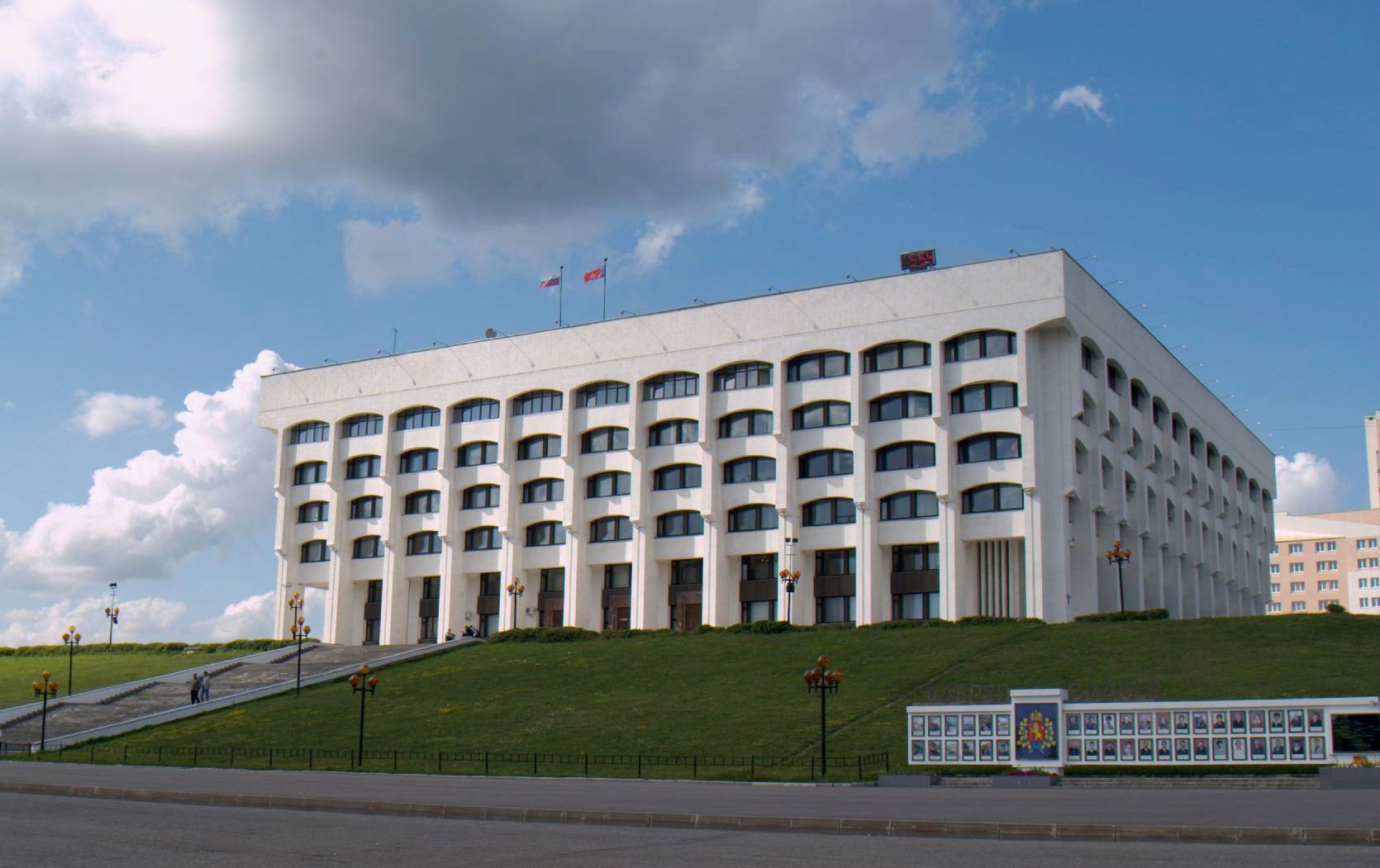|
Kideksha
Kideksha (russian: Кидекша) is a village ('' selo'') in Seletskoye Rural Settlement, Suzdalsky District of Vladimir Oblast, Russia, located at the confluence of the Kamenka and Nerl Rivers, east of Suzdal. The settlement was founded before the Church of Boris and Gleb was built in 1152 by Yuri Dolgoruky. Kideksha used to be a town, but, after having been destroyed during the Mongol invasion of Rus, it degraded to a small village. Kideksha is a part of the Golden Ring of Russia and, since 1992, is one of Russia's World Heritage Sites (see White Monuments of Vladimir and Suzdal The White Monuments of Vladimir and Suzdal in Russia have been designated as a UNESCO World Heritage Site. The patrimony embraces eight medieval limestone monuments of Zalesye from the late 12th and early 13th centuries. They include Russian Ort ...). References External links Rural localities in Suzdalsky District Golden Ring of Russia {{Suzdalsky-geo-stub ... [...More Info...] [...Related Items...] OR: [Wikipedia] [Google] [Baidu] |
Church Of Boris And Gleb
The Church of Boris and Gleb is a church built in 1152, on the orders of Prince Yuri Dolgoruky, in Kideksha on the Nerl River, "where the encampment of Saint Boris had been". It was probably part of the princely (wooden) palace complex, but was only used by Dolgorukii for a few years before he left to become Grand Prince of Kiev in 1155. The village, four kilometers east of Suzdal, was an important town before it was destroyed by the Mongols and declined in stature. The church, built in limestone probably by architects from Galicia Galicia may refer to: Geographic regions * Galicia (Spain), a region and autonomous community of northwestern Spain ** Gallaecia, a Roman province ** The post-Roman Kingdom of the Suebi, also called the Kingdom of Gallaecia ** The medieval King ..., is a four-piered, three-apse church. It is one of the oldest in the district and one of the few churches built by Dolgorukii that is still extant. It retains fragments of frescoes dating back to ... [...More Info...] [...Related Items...] OR: [Wikipedia] [Google] [Baidu] |
White Monuments Of Vladimir And Suzdal
The White Monuments of Vladimir and Suzdal in Russia have been designated as a UNESCO World Heritage Site. The patrimony embraces eight medieval limestone monuments of Zalesye from the late 12th and early 13th centuries. They include Russian Orthodox churches and a monastery, as well as a castle and gate: File:Kideksha_ss.jpg, The Church of Boris and Gleb in Kideksha (1152, with later modifications) File:Suzdal asv2019-01 img40 Kremlin view.jpg, The Suzdal Kremlin with the Cathedral of the Nativity (1222-25, built into the 16th century) File:Suzdal asv2019-01 img03 Spaso-Evfimiev Monastery.jpg, The Monastery of Saint Euthymius in Suzdal (mostly 16th century) File:Ансамбль Успенского собора.jpg, The Assumption Cathedral in Vladimir (1158-60, 1185-89) File:Красавица._Церковь_Покрова_на_Нерли.jpg, The Church of the Intercession on the Nerl in Bogolyubovo (1165) File:Vladimir asv2019-01 img05 Golden Gate.jpg, The Golden Ga ... [...More Info...] [...Related Items...] OR: [Wikipedia] [Google] [Baidu] |
Suzdal
Suzdal ( rus, Суздаль, p=ˈsuzdəlʲ) is a town that serves as the administrative center of Suzdalsky District in Vladimir Oblast, Russia, which is located on the Kamenka River, north of the city of Vladimir. Vladimir is the administrative center of the surrounding oblast. As of the 2021 Census, its population was 9,286. Suzdal is one of the oldest Russian towns. In the 12th century, it became the capital of the principality, while Moscow was merely one of its subordinate settlements. Currently, Suzdal is the smallest of the Russian Golden Ring towns, but it has more than 40 historically important monuments and 200 architectural sites. Several of these sites are listed as UNESCO World Heritage Sites. History The town's history dates back probably to 999 or 1024, and in 1125 Yury Dolgoruky made Suzdal the capital of the Rostov-Suzdal principality. Suzdal began to function as a capital at the time when Moscow was still a cluster of cowsheds. In 1157, ... [...More Info...] [...Related Items...] OR: [Wikipedia] [Google] [Baidu] |
Vladimir Oblast
Vladimir Oblast (russian: Влади́мирская о́бласть, ''Vladimirskaya oblast'') is a federal subject of Russia (an oblast). Its closest border 66 km east of central Moscow, the administrative center is the city of Vladimir, which is located east of Moscow. As of the 2010 Census, the oblast's population was 1,443,693. The UNESCO World Heritage List includes the 12th-century cathedrals of Vladimir, Suzdal, Bogolyubovo, and Kideksha. Geography Vladimir Oblast borders Moscow, Yaroslavl, Ivanovo, Ryazan, and Nizhny Novgorod Oblasts. The oblast is situated in the center of the East European Plain. The Klyazma and the Oka are the most important rivers. There are approximately three hundred lakes. The oblast is situated in a zone of mixed forests. Fauna The oblast's fauna currently includes more than fifty species of mammals (some examples including elk, wild boar, roe deer, red and sika deer, lynx, wolf, squirrel, rabbit, marten, fox, weasel, ... [...More Info...] [...Related Items...] OR: [Wikipedia] [Google] [Baidu] |
Nerl River (Klyazma)
The Nerl () is a river in the Yaroslavl, Ivanovo, and Vladimir Oblasts in Russia, a left tributary of the Klyazma (Volga's basin). The river is long, and its drainage basin covers .«Река НЕРЛЬ» Russian State Water Registry The Nerl River freezes up in November or December and stays under the ice until April. Its main tributary
A tributary, or affluent, is a stream or river that flows into a larger stream or main stem (or parent) river or a lake. A tributary does not flow directly into a sea or ocean. Tributaries and the main stem river drain the surrounding drainag ... is the [...More Info...] [...Related Items...] OR: [Wikipedia] [Google] [Baidu] |
Russia
Russia (, , ), or the Russian Federation, is a transcontinental country spanning Eastern Europe and Northern Asia. It is the largest country in the world, with its internationally recognised territory covering , and encompassing one-eighth of Earth's inhabitable landmass. Russia extends across eleven time zones and shares land boundaries with fourteen countries, more than any other country but China. It is the world's ninth-most populous country and Europe's most populous country, with a population of 146 million people. The country's capital and largest city is Moscow, the largest city entirely within Europe. Saint Petersburg is Russia's cultural centre and second-largest city. Other major urban areas include Novosibirsk, Yekaterinburg, Nizhny Novgorod, and Kazan. The East Slavs emerged as a recognisable group in Europe between the 3rd and 8th centuries CE. Kievan Rus' arose as a state in the 9th century, and in 988, it adopted Orthodox Christianity from the ... [...More Info...] [...Related Items...] OR: [Wikipedia] [Google] [Baidu] |
Confluence (geography)
In geography, a confluence (also: ''conflux'') occurs where two or more flowing bodies of water join to form a single channel. A confluence can occur in several configurations: at the point where a tributary joins a larger river (main stem); or where two streams meet to become the source of a river of a new name (such as the confluence of the Monongahela and Allegheny rivers at Pittsburgh, forming the Ohio); or where two separated channels of a river (forming a river island) rejoin at the downstream end. Scientific study of confluences Confluences are studied in a variety of sciences. Hydrology studies the characteristic flow patterns of confluences and how they give rise to patterns of erosion, bars, and scour pools. The water flows and their consequences are often studied with mathematical models. Confluences are relevant to the distribution of living organisms (i.e., ecology) as well; "the general pattern ownstream of confluencesof increasing stream flow and decreasing ... [...More Info...] [...Related Items...] OR: [Wikipedia] [Google] [Baidu] |
Kamenka River (Nerl)
Kamenka may refer to: ;People *Eugene Kamenka, Australian philosopher, socialist ;Places *Kamenka Urban Settlement, a municipal formation which the town of district significance of Kamenka in Kamensky District of Penza Oblast, Russia is incorporated as *Kamenka, Russia, several inhabited localities in Russia *Kamenka, an alternative name of the town of Taskala, Kazakhstan *Camenca, capital of the Administrative Region of Camenca of Transnistria * Kamianka (other) (''Kamenka''), several inhabited localities in Ukraine ;Rivers *Kamenka (Ob), a minor tributary of the Ob in Novosibirsk Oblast *Kamenka (Saint Petersburg), a river in Lakhta-Olgino Municipal Okrug near Saint Petersburg *Kamenka (Iset), a tributary of the Iset in Sverdlovsk Oblast, Russia *Kamenka (Nerl), a tributary of the Nerl in Vladimir Oblast, Russia ;Other *Kamenka (island), an island in Lake Peipsi-Pihkva (between Estonia and Russia) *5385 Kamenka, an asteroid discovered by Lyudmila Chernykh, Soviet ast ... [...More Info...] [...Related Items...] OR: [Wikipedia] [Google] [Baidu] |
Types Of Inhabited Localities In Russia
The classification system of human settlement, inhabited localities in Russia and some other post-Soviet Union, Soviet states has certain peculiarities compared with those in other countries. Classes During the Soviet Union, Soviet time, each of the republics of the Soviet Union, including the Russian Soviet Federative Socialist Republic, Russian SFSR, had its own legislative documents dealing with classification of inhabited localities. After the history of the Soviet Union (1985-1991), dissolution of the Soviet Union, the task of developing and maintaining such classification in Russia was delegated to the federal subjects of Russia, federal subjects.Articles 71 and 72 of the Constitution of Russia do not name issues of the administrative and territorial structure among the tasks handled on the federal level or jointly with the governments of the federal subjects. As such, all federal subjects pass :Subtemplates of Template RussiaAdmMunRef, their own laws establishing the s ... [...More Info...] [...Related Items...] OR: [Wikipedia] [Google] [Baidu] |
Suzdalsky District
Suzdalsky District (russian: Су́здальский райо́н) is an administrativeLaw #130-OZ and municipalLaw #190-OZ district (raion), one of the sixteen in Vladimir Oblast, Russia. It is located in the north of the oblast. The area of the district is . Its administrative center is the town of Suzdal Suzdal ( rus, Суздаль, p=ˈsuzdəlʲ) is a town that serves as the administrative center of Suzdalsky District in Vladimir Oblast, Russia, which is located on the Kamenka River, north of the city of Vladimir. Vladimir is the .... Population: 39,736 ( 2002 Census); The population of Suzdal accounts for 20.2% of the district's total population. References Notes Sources * * * {{Authority control Districts of Vladimir Oblast ... [...More Info...] [...Related Items...] OR: [Wikipedia] [Google] [Baidu] |
Yuri Dolgoruky
Yuri I Vladimirovich ( rus, Юрий Владимирович, Yuriy Vladimirovich), commonly known as Yuri Dolgorukiy or the Long Arm ( rus, Юрий Долгорукий, Yuriy Dolgorukiy, meaning "Far-Reaching", c. 109915 May 1157) was a Rurikid prince. Noted for successfully curbing the privileges of the landowning ''boyar'' class in Rostov-Suzdal and his ambitious building programme, Yuri transformed this principality into the independent power that would evolve into early modern Muscovy. Yuri spent much of his life in internecine strife with the other Rurikid princes for suzerainty over the Kievan Rus, which had been held by his father (Vladimir Monomakh) and his elder brother before him. Although he twice managed to hold Kiev (in September 1149 - April 1151, again in March 1155 - May 1157) and rule as Grand Prince of all Rus', his autocratic rule and perceived foreigner status made him unpopular with the powerful Kievan ''boyars,'' leading to his presumed poisoning and ... [...More Info...] [...Related Items...] OR: [Wikipedia] [Google] [Baidu] |




